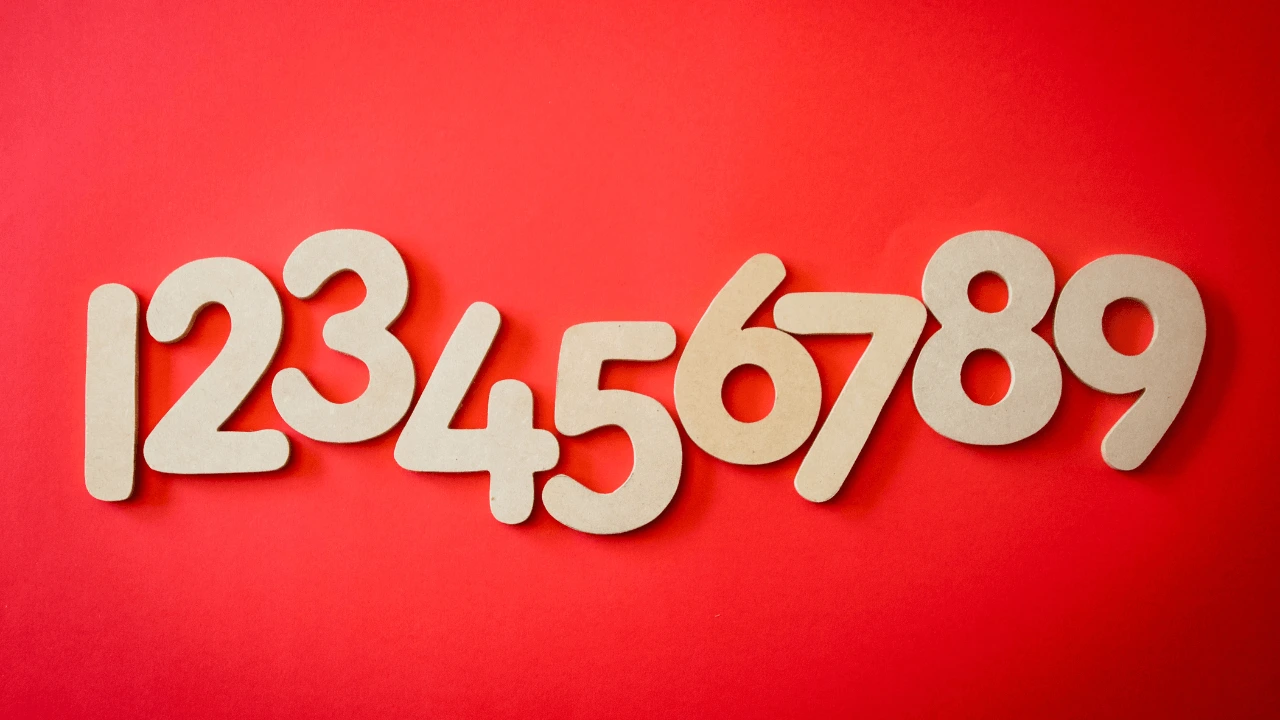
Japanese Counters for People, Objects, and Animals
If you’ve ever tried learning Japanese, you’ve probably stumbled across counters – those little words that follow numbers and describe the type of thing being counted. Unlike in English, where we simply say “one dog” or “two cars,” in Japanese, different types of items often require different counters. This can be confusing at first, but with a bit of practice, you can get the hang of it! In this post, we’ll cover some of the most common counters for people, objects, and animals to make counting in Japanese easier.
Note: There are numerous counters in Japanese. This post covers the most frequently used ones, but others will come with time and practice.
Counters for People
Counting people in Japanese uses the counter –人 (–nin). However, there are some exceptions to remember for smaller numbers, as they have unique terms:
- 1 Person: 一人 (hitori) – This term is unique and does not follow the regular pattern.
- 2 People: 二人 (futari) – Similar to ‘hitori,’ this term is also an exception to the usual counter rule.
- 3 or more People: Add the number to “nin” (e.g., 3 people is 三人 (sannin)).
For example, if you want to reserve a table for four people at a restaurant, you can say, “Yonin de yoyaku o onegai shimasu” (四人で予約をお願いします) – “A reservation for four people, please.”
Counters for Objects
When it comes to counting inanimate objects, the counter you use depends on the shape or characteristic of the item. Here are some of the most common counters for objects:
- Generic Counter (–つ): This counter, つ (tsu), is often used for items when you’re unsure which specific counter to use, especially for smaller, everyday items. It works for numbers 1 through 10.
- Example: 一つ (hitotsu), 二つ (futatsu), 三つ (mittsu), 四つ (yottsu), 五つ (itsutsu), 六つ (muttsu), 七つ (nanatsu), 八つ (yattsu), 九つ (kokonotsu), 十 (tou).
- Individual Items (–個 (ko)): To count small, discrete items like apples or candies, use –個 (ko).
- Example: 一個 (ikko) for 1 apple, 二個 (niko) for 2 candies.
- Long, Cylindrical Items (–本 (hon)): To count long, thin objects like bottles or pencils, use –本 (hon).
- Example: 一本 (ippon) for 1 bottle, 二本 (nihon) for 2 pencils.
- Flat Items (–枚 (mai)): To count flat objects like paper or plates, use –枚 (mai).
- Example: 一枚 (ichimai) for 1 sheet of paper, 二枚 (nimai) for 2 plates.
- Books (–冊 (satsu)): To count books or notebooks, use –冊 (satsu).
- Example: 一冊 (issatsu) for 1 book, 二冊 (nisatsu) for 2 books.
- Machines and Vehicles (–台 (dai)): To count machines, including cars, TVs, or computers, use –台 (dai).
- Example: 一台 (ichidai) for 1 car, 二台 (nidai) for 2 computers.
- Buildings (–軒 (ken)): To count buildings or houses, use –軒 (ken).
- Example: 一軒 (ikken) for 1 building, 二軒 (niken) for 2 buildings.
- Clothes (–着 (chaku)): To count clothing items, use –着 (chaku).
- Example: 一着 (itchaku) for 1 piece of clothing, 二着 (nichaku) for 2 pieces of clothing.
Counters for Animals
Animals also use different counters based on their size and characteristics. Here are the counters for animals:
- Small Animals (–匹 (hiki)): For small animals like cats or dogs, use –匹 (hiki).
- Example: 一匹 (ippiki) for 1 cat, 二匹 (nihiki) for 2 dogs.
- Large Animals (–頭 (tou)): For larger animals like cows or horses, use –頭 (tou).
- Example: 一頭 (ittou) for 1 cow, 二頭 (nitou) for 2 horses.
- Birds (–羽 (wa)): For birds, use –羽 (wa).
- Example: 一羽 (ichiwa) for 1 bird, 二羽 (niwa) for 2 birds.
How to Practice Counters
Counters can be tricky, but practicing them in context helps a lot. Try activities like counting items during grocery shopping, practicing with a partner, or counting things around you daily – how many pens are on your desk (–本 /–hon/)? How many friends are with you (–人 /–nin/)? Getting comfortable with counters takes time, so be patient. Every bit of practice helps!
Common Mistakes to Watch Out For
- Pronunciation Changes: Certain numbers cause pronunciation changes in the counters. For example, 一本 (ippon) instead of “ichihon,” or 一匹 (ippiki) instead of “ichihiki.” These little changes can make a big difference in sounding natural.
- Mixing Counters: Sometimes, learners mix up counters because they’re so different from English. When in doubt, using –つ (–tsu) for smaller, general items can be a safe bet, but it’s always good to try to use the specific counter where you can.
Final Thoughts
Counters are a unique part of the Japanese language, providing insight into how people in Japan categorize the world. Learning counters also helps understand Japanese culture. By mastering the appropriate counters, you’ll improve your Japanese and sound more natural. Keep practicing, and soon enough, using counters will become second nature. Mistakes are part of the learning process, so don’t be discouraged.
What kind of counters do you find most challenging? Share your experiences below, and let’s help each other master these important Japanese nuances!
If you want to learn Japanese, improve your skills, or connect with native speakers and other learners, we can help. We offer one-on-one lessons, a supportive community, and on demand courses.
Book 1-on-1 lessons: https://nihongonana.com/lessons/
Join our community: https://nihongonana.com/community/
Access courses: https://nihongonana.com/courses/





Leave Comment